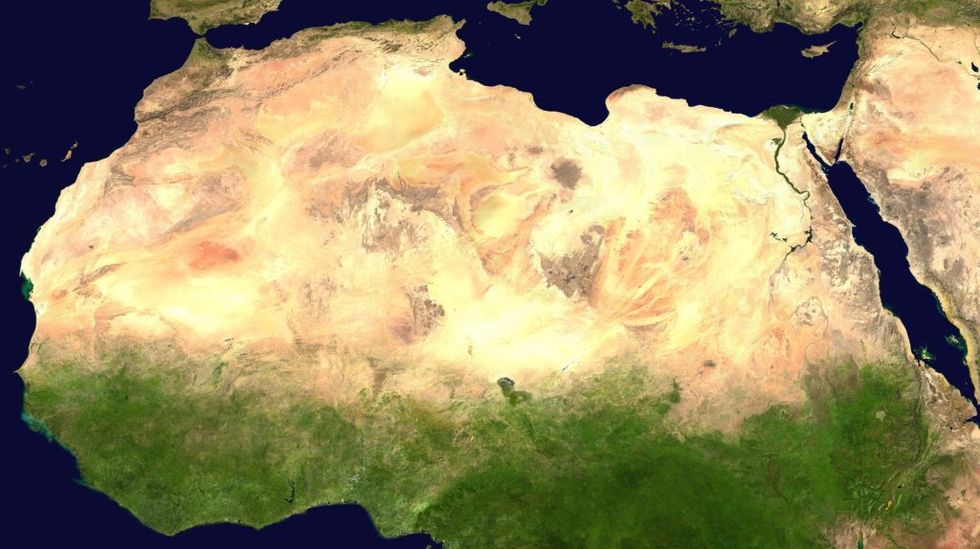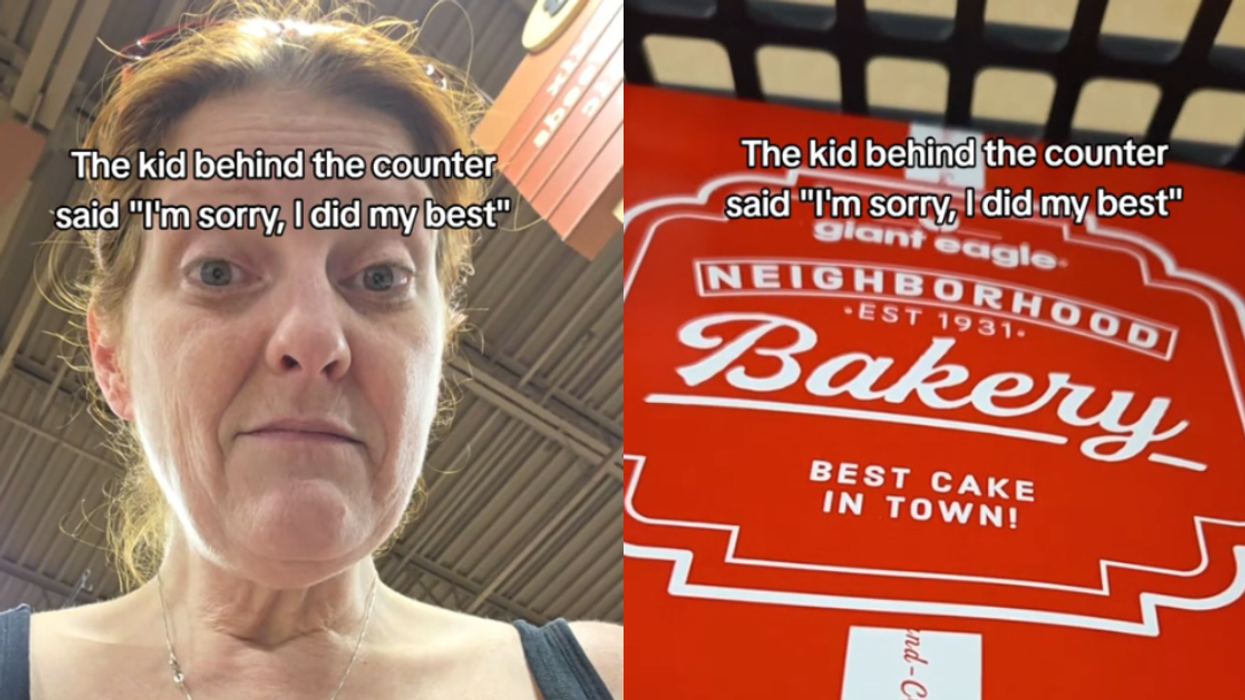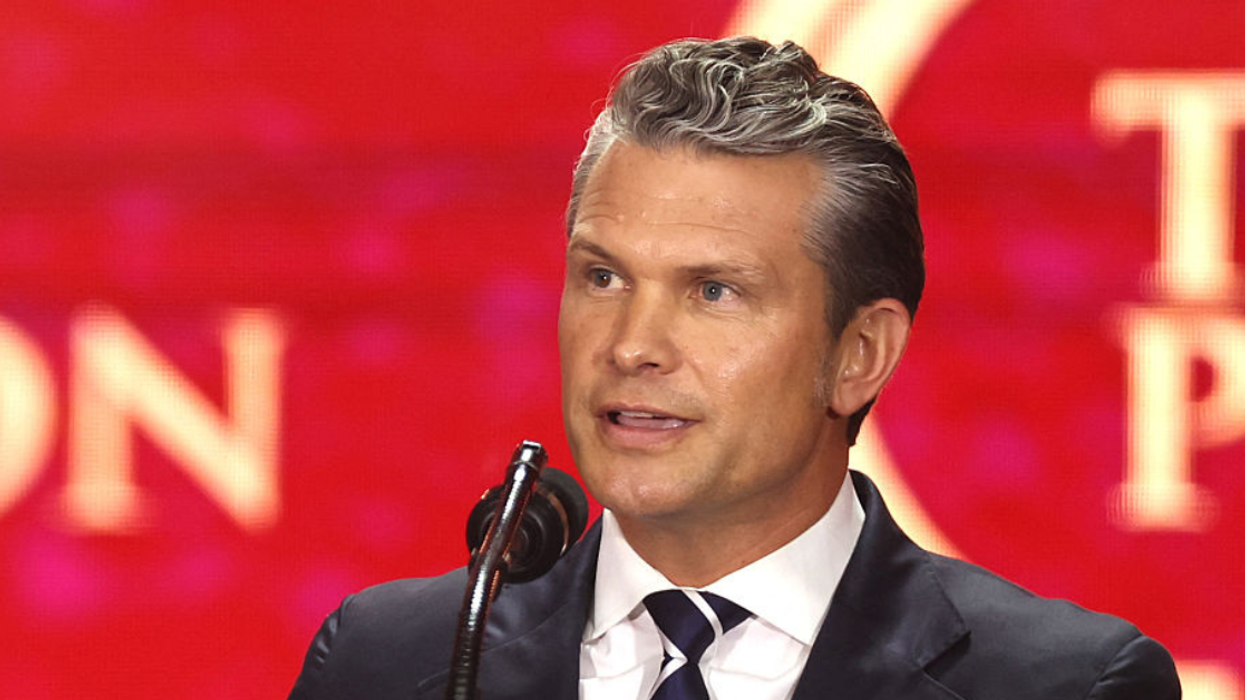The Sahara Desert is one of the driest and most desolate places on our planet. Its lack of vegetation, low humidity and extremely high sunshine duration (over 4000 hours of direct sunlight annually) make it one of the hottest places on Earth. This barrenness, while seemingly presenting the Sahara as a useless space for development, has piqued the interest of researchers invested in renewable energy, specifically solar and wind energy.

What would happen if we turned the Sahara into a massive wind and solar farm? What effects would it have on the region? University of Maryland researcher Yan Li and his team recently shared their findings on this exact topic in Science.
The researchers found that the energy generated by these hypothetical wind and solar farms would provide substantial power to Africa, the Middle East, and Europe, about 82 terawatts in all. (For perspective, Li’s team claimed that the entire world used only 18 terawatts of power in 2017). This would lessen the need for fossil fuel-dependent means of power production, which would, in turn, slow the progress of global warming.
Li’s team’s focus, however, was on the climate changes that would arise from such a clean energy venture. Using a climate model, they found that installing wind and solar farms across the Sahara and Sahel (the region directly south of the Sahara Desert) would result in more localized rainfall and a dramatic increase in vegetation throughout the area.
To understand how and why this would happen, it’s key to understand what makes the Sahara Desert so dry and barren. The Sahara is located in a high-pressure subtropical belt where air in the upper levels of the troposphere sinks down towards the ground. This barrier of hot air prevents evaporating water from rising, which in turn prevents clouds from forming over the region. No clouds means no rainfall, as well as plenty of uninterrupted sunshine.
Li’s team’s simulation showed that the wind turbines would act as barriers against free-flowing air, slowing it down. This would, in turn, lower the air pressure in the area, causing wind from the region to flow upward and allowing water evaporation and condensation to occur, resulting in extra rainfall.
The solar panels would function differently. Dark solar panels would absorb more heat than the lighter-colored sand of the Sahara, thus absorbing more heat into the ground and reflecting less heat back into the air. As the temperature around the solar panels increases, warmer air would rise upwards into the cooler atmosphere, moisturizing as it rises, before finally condensing and falling as rain.
Rainfall naturally brings more vegetation, with obvious benefits for the agricultural economy of Northern Africa. Additionally, however, Li’s team found that the increase in rain-fed soil would increase the surface roughness of the area, which in turn would cause more solar radiation to be absorbed and increase the effects of the climate shift on the region.
While this purposeful alteration of the climate in the Sahara might seem to be a no-brainer, plenty of other factors exist that make its implementation not so simple. We need to consider the livelihoods of the people living in the region as well as the cross-nation energy policies that would need to be actualized. However, this research does show us how important it is to be aware of the positive and negative effects of the transition from fossil fuels to clean energy. The sooner we can mitigate these negative effects, the sooner we can improve the quality of life for everyone on our planet.







 @GovPressOffice/X
@GovPressOffice/X






 @realDonaldTrump/Truth Social
@realDonaldTrump/Truth Social
